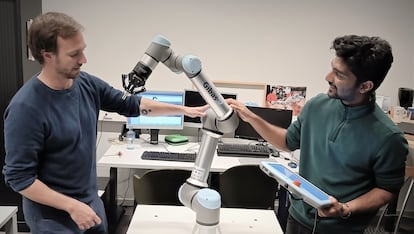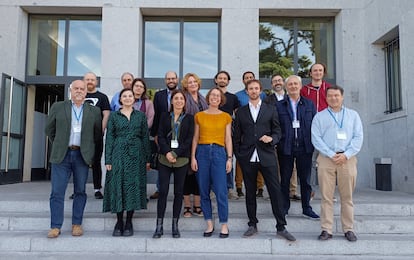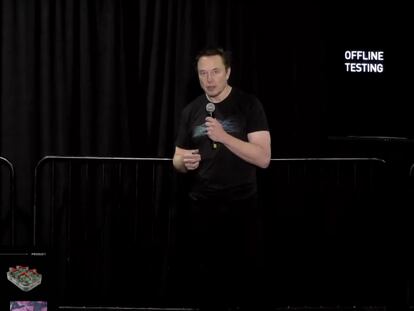Robots are learning how to create new tools, just like the first humans once did
The METATOOL project is researching how the human brain imagines the tools needed to solve problems, so that robots can be equipped with the same inventive capacity

3.3 million years ago, humans created what marked a milestone for their existence: the first tools. While they looked simple, their sharp edges were excellent for cutting objects and digging holes.
It’s unknown exactly how this occurred. But clearly, the transition from knowing how to use tools to learning how to build them was a significant cognitive leap, one that required advanced imagination and reasoning. This capacity is one of the things that most differentiates humans from animals. And today, it is what separates humans from robots… at least, for the time being.
The METATOOL project is hoping to reveal some of the mysteries of human consciousness, so as to improve the abilities of robots. The multidisciplinary project – which unites the fields of archaeology, neuroscience and robotics – is led by two Spaniards: Pablo Lanillos, from the Donders Institute for Cognition in the Netherlands and Ricardo Sanz, from the Technical University of Madrid.
The objective is to research the human brain, monitoring capacity and metacognition. The goal is that, ultimately, some of the knowledge can be transferred to robots, so that they will be able to invent new tools for humanity, just like how our ancestors did.
In total, seven scientific institutions and European companies are part of the project. It recently received a four-million euro grant from the European Innovation Council, for a period of four years.
Lanillos explains that metacognition is the function that allows humans to measure whether or not a task can be carried out. It also helps humans determine if an invention has notable positive effects. A classic example of this can be found around the activity of hunting: unable to hunt animals with their hands, humans initially had to rely on stones, before moving on to create other weapons.
“Metacognition was also applied when it came to carrying food. Since [our ancestors] couldn’t carry much in their hands, they invented baskets.”
In general, metacognition involves understanding an external problem and imagining an object that can be used to solve it.
Lanillos is the inventor of Tiago – the first robot that was able to recognize itself in a mirror.
With METATOOL, he is attempting to create images and videos from texts, via artificial intelligence.
“AI can create new faces, which are called generative models. A generative model could, potentially, invent a tool.” However, in robotics, this is a much more complex phenomenon.
Today’s robots are made to follow rules; to do so precisely and usually on a large scale, according to what their code says. However, they cannot adapt quickly or create what does not exist. But with a better understanding of brain function, this could change.
Lanillos clarifies that the term “consciousness” – when used in relation to robots – does not imply the deepest meaning. Rather, it is meant more simply.
“[With basic consciousness], you realize that you can’t perform a task, but that, with an object, you could do it in a better way.” Consciousness, in this context, is really just basic awareness of limitations. Rather than pursuing the development of artificial consciousness, METATOOL’s research is inspired by brain processes to improve what is currently on the robotics market.
“We’re not trying to replicate consciousness (in the broadest sense sense) because we don’t understand it and we don’t know how to do it. We also don’t need robots to have it. We want safe robots,” he jokes.
Lanillos adds that it will never be possible for a robot to have human consciousness until there is a complete understanding of it – something that is highly unlikely, from a scientific standpoint. At METATOOL, he explains, they are aware of the ethical dimensions that the project may entail. Lanillos assures EL PAÍS that the project employs an expert in ethics, so that the development of technology can be adequately transmitted to society.

The initial research developed by the team will eventually be applied in the lab.
“In four years, the goal is to have a demo for technology companies – and for the general public – in which we show how a robot can invent a tool.”
Another goal of the project is to help archaeologists, neuroscientists and psychologists understand the development and changes in the human brain over time.
Sign up for our weekly newsletter to get more English-language news coverage from EL PAÍS USA Edition










































